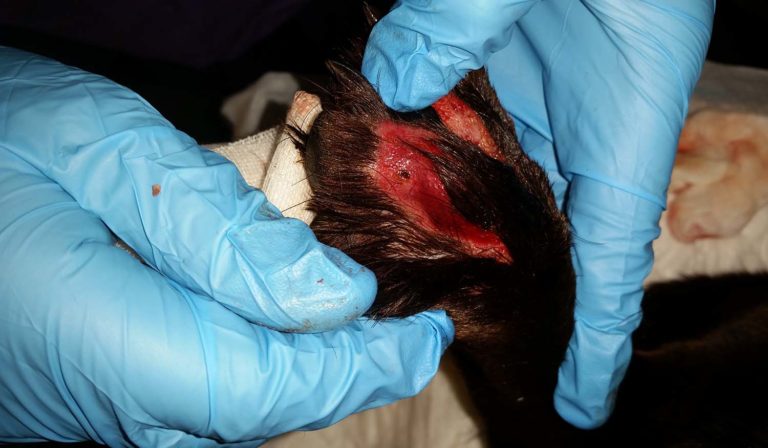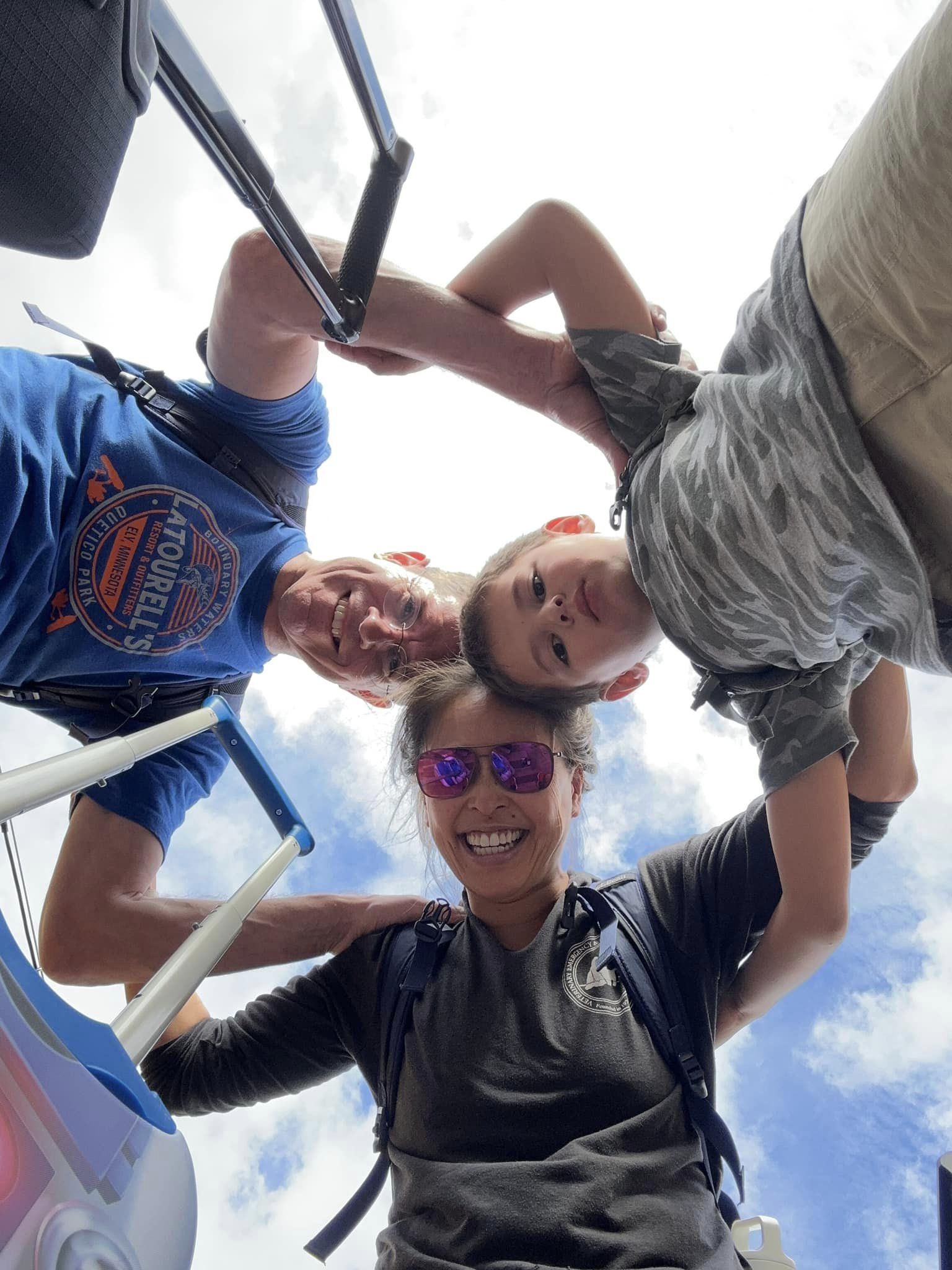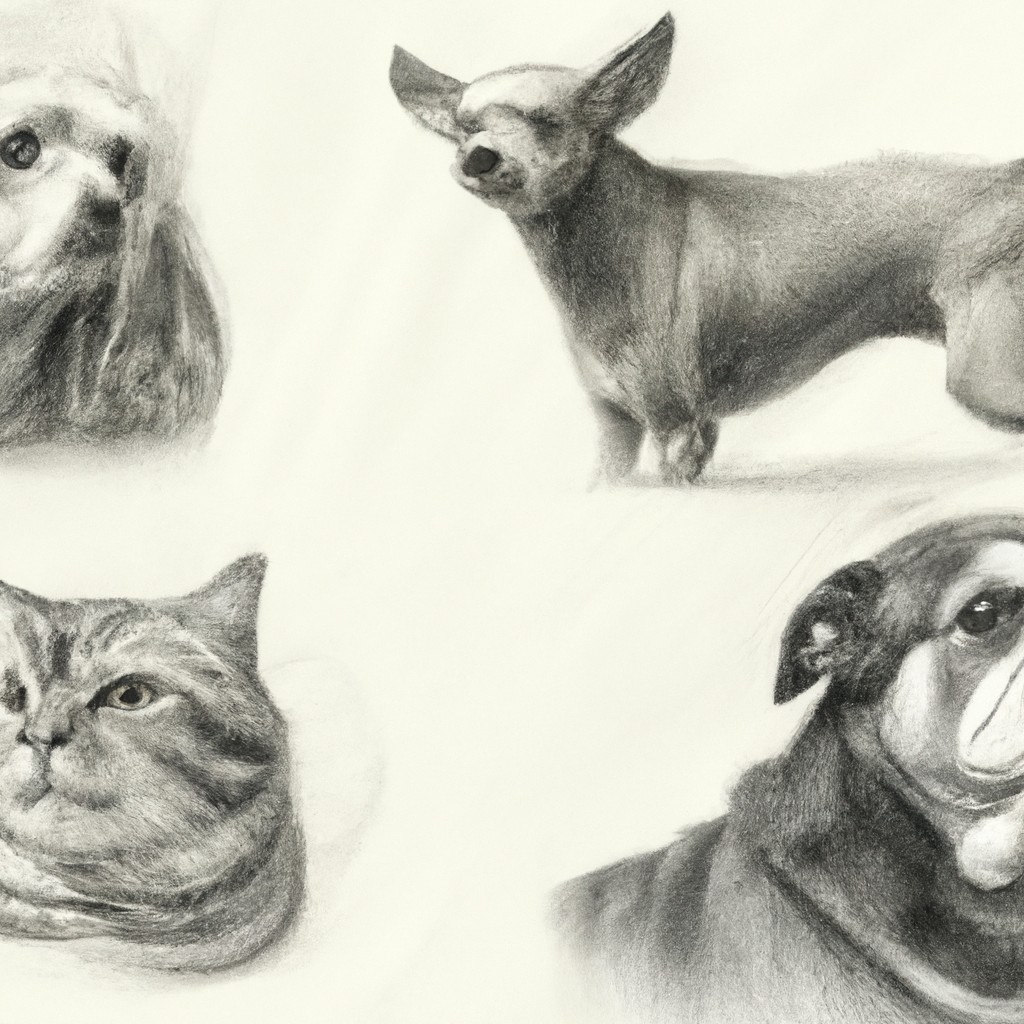Breakthrough hope from Alabama rot examine as potential trigger recognized

A workforce of scientists consider they might be months away from with the ability to determine the supply of an usually‑deadly canine illness.
Two canines are identified to have died after contracting cutaneous and renal glomerular vasculopathy (CRGV) – often known as Alabama rot – in southern England to date this yr.
However researchers on the College of Bristol stated they’ve discovered a possible bacterial candidate organism that they suppose might be its trigger.
They’re now interesting for veterinary professionals to assist affirm this by sending them first presentation materials – earlier than any therapy has been administered – from canines which might be thought to have the illness.
Discovering organism
Vet and challenge lead Fiona Macdonald stated: “What we’d like from vets is samples or swabs from circumstances or suspected circumstances. We have to discover the organism in swabs.”
A complete of 292 circumstances have been confirmed since CRGV was first found within the UK in 2012, in accordance with the monitoring service run by Anderson Moores Veterinary Specialists in Hampshire.
The apply, which has an internet map displaying the areas of all UK incidents of the illness, has now confirmed the primary two circumstances of 2023.
They had been recorded in Berkshire and Hampshire, respectively, and had been each deadly, involving Hungarian vizslas. The Berkshire case is the second to have been recorded within the county in six weeks.
Welcomed
Josh Walker, co-lead of Anderson Moores’ work on CRGV, welcomed the brand new analysis as he renewed his plea for house owners to be watchful for indicators of the situation.
He stated: “Sadly, that is the time of yr when circumstances are mostly recognized and, sadly, we’ve got seen the primary two circumstances in 2023, following 11 confirmed circumstances within the UK final yr.
“We’re advising canine house owners throughout the nation to stay calm, however vigilant and search recommendation from their vets if their canine develops unexplained pores and skin lesions.”
Mortality charge
Considered seasonal, the situation can have an effect on the kidneys and is estimated to have a 90% mortality charge, with the absolute best probability of survival mendacity in early and intensive veterinary care.
Canine which have the illness are most frequently offered to vets with pores and skin lesions on the paws, legs or underside of their our bodies.
Often, lesions may be discovered on the lips or tongue, whereas different presenting indicators can embrace gastroenteritis.
Sequencing work
Particulars of the kind of organism considered concerned haven’t been disclosed at this stage, as they’re set to be the topic of a PhD thesis.
However Dr Macdonald revealed sequencing work is about to be carried out within the coming months and he or she believes they are going to be ready to say whether or not the recognized organism is the trigger by the autumn.
She added: “It’s very thrilling. As soon as we’ve got totally recognized it, it can give us quite a lot of background data on the organism.”
Additional analysis
It’s thought that information might allow additional analysis in areas comparable to environmental sampling, take a look at improvement, the origins of the pathogen and hygiene measures house owners might take if canines are walked in probably contaminated areas.
Dr Macdonald stated sampling work for the organism has already taken place within the New Forest, and related work might be undertaken in areas each with and with out confirmed circumstances.
She added: “We’re curious about seeing how a lot continues to be on the market. It would give us a reasonably good impression of how widespread the illness nonetheless is.”
Info
In addition to samples, vets are being requested to offer data on the age and breed of the canines they got here from, in addition to the place the canine was walked and the kind of terrain encountered.
Together with the illness’s potential trigger, researchers are whether or not environmental situations, breed and age could also be contributing components.
Samples must be despatched to Helen Howshall, Churchill Constructing, Bristol Veterinary College, College of Bristol, Langford, Bristol, BS40 5DU.







